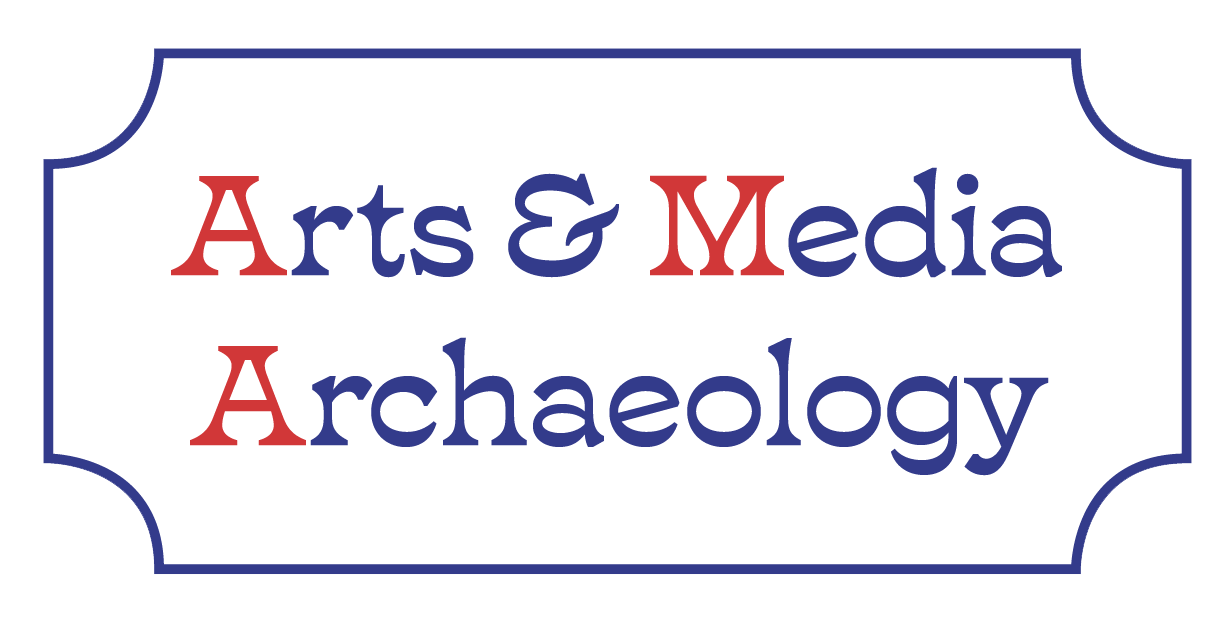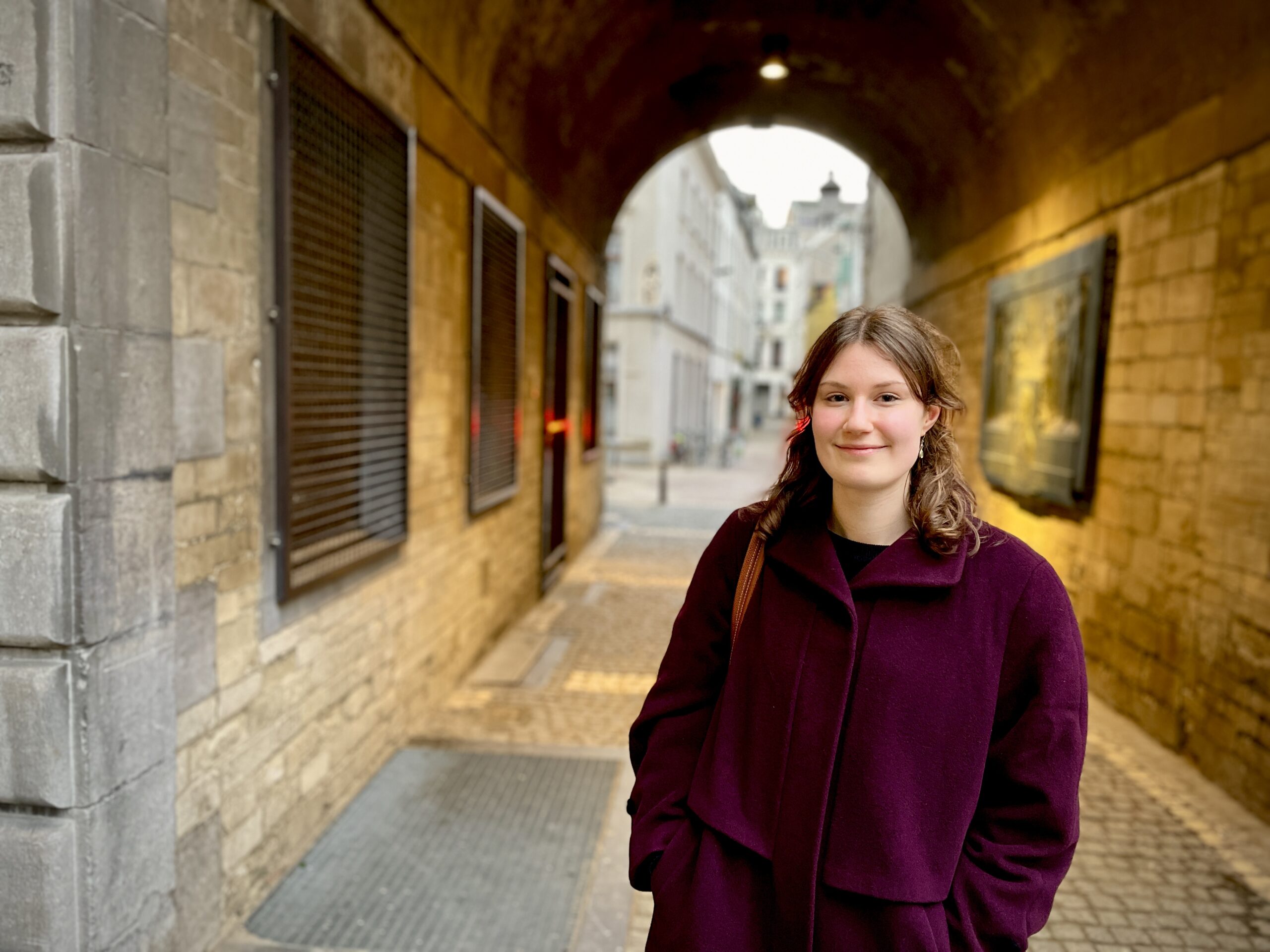Levitating tables, conversations with deceased family members, or fortune-telling: spiritism was a “hot item” in nineteenth-century Belgium. PhD researcher Hannah Welslau (FWO) examines how spiritism found its way from living-room séances to magic at the fairground.
Hannah’s research focuses on how spiritism was introduced into various types of popular entertainment, such as theatre, lectures and séances. Since her FWO project is related to the Science at the Fair project, the fairground was also an obvious venue to explore. Hannah: “What struck me immediately was that spiritism at the funfair often looked very different from spiritism in the private sphere. At the fairground, the emphasis is on illusions, fortune tellers, hypnosis, … which was then marketed as spiritism.”
“Spiritism was fairly popular in the late nineteenth and early twentieth centuries, and clever showpeople wanted to capitalize on that. But I have not yet come across séances at the fairground, even though they were very popular at house parties and deemed the purest form of spiritism by many practitioners at the time. After all, at séances spirits of the deceased were summoned and this practice lay at the core of spiritism.
Faith or entertainment?
To understand the appeal of the spiritual at that time, it is important to reflect on the context. Science is making great strides and simultaneously garnering more standing in society. Cities are urbanizing, new technologies are drastically changing lives, and people can no longer find the answers they seek in traditional forms of faith.
“Spiritism wants to market itself as a faith that goes hand in hand with science, and can indeed provide those answers. The sources I researched sometimes literally state that séances were considered ’empirical experiments’ that provide proof of life after death.”
But according to Hannah, not everyone who participated in a séance actually believed that there were spirits in the room with them: “For many, it was just a form of entertainment, a cozy ‘fright night’. A séance was often initiated by singing and praying as a group first. After all, it was important to create a nice and warm atmosphere to attract the spirits.
Organizers of these gatherings did not charge an entrance fee, but guests did require an invitation to be able to attend. Spiritism is often wrongly believed to be a phenomenon of the middle class, yet, séances were also held in working-class environments – especially in Belgium.”
Women's work
Some spirituals mediums were treated as celebrities. They often started out as the stars of niche magazines about spiritism, but were also sometimes picked up by mainstream media. “Belgium, to my knowledge, did not have such a ‘super medium,'” Hannah explains, “but many other European countries did. A well-known example is Italy’s Eusapia Palladino, who even managed to convince Ceasare Lombroso, the well-known Italian criminologist, of her supernatural powers. Florence Cook (Britain) and Eva Carrière (France) were big names at the time as well.”
It is no coincidence that most mediums were women. Because of their perceived “passive” and “weaker” nature, they were believed to be better guides for the spirits. But Hannah emphasizes that you shouldn’t think of them as defenceless beings: “Remember that the position of medium was very special for women at the time. They were at the centre of attention during séances or trance readings, and what they said was accepted as true. So, obviously, they were able to both earn more prestige and gain more influence than most women at that time. Especially when bearing in mind that they probably produced custom-made scripts for those evenings.”
Socially speaking, spiritism was generally quite progressive. “Thanks to their belief in reincarnation, and the resulting notion that all souls are equal, they rejected discrimination against a woman. After all, who knows, maybe the naysayers would be born a woman in the next life? Likewise, they renounced the enslavement of people.”
Attempts at disenchantment
At the nineteenth-century fairground, almost no “real” mediums were featured. This position was usually fulfilled by performers, such as magicians and illusionists. “They could choose one of two directions: either they kept the magic alive, even in their show, and played off spiritism that way; or they tried to unmask it by demonstrating how you could conjure up ‘spirits’ with tricks.” Most often, these magicians maintained ambivalence, claiming that some mediums were charlatans. They saw it as their duty to distinguish the real mediums from the fake ones.
However, not everyone was very keen on this new spiritual trend. Almost immediately after its meteoric rise, major critics voiced their concerns and warned the public against opportunists who were eager to take advantage of those struggling emotionally.
Hannah would like to conduct some more research on the lectures of scientist Albert Bessemans and Dominican Gummarus Van Rooy, who both purposefully journeyed far and wide to warn Belgians of the dangers of these practices.
Throughout the nineteenth and twentieth centuries, spiritism’s popularity and appeal continues to rise and fall. We can see a resurgence in spiritism after both World Wars, for instance, as they were major conflicts with tremendous losses.
Today, the two most common responses to spiritism seem to be at odds: “In our society, occult movements such as spiritism are often viewed with scorn or suspicion, and those involved are labelled naive. On the other hand, we can also discern an ‘occult revival’ in theatre, literature, film, series, and even on social media. In this sense, I believe that spiritism and associated movements will never completely disappear from our society. They are constantly being adapted to fit into our everyday lives one way or another.”
Want to know more about Hannah’s research?






